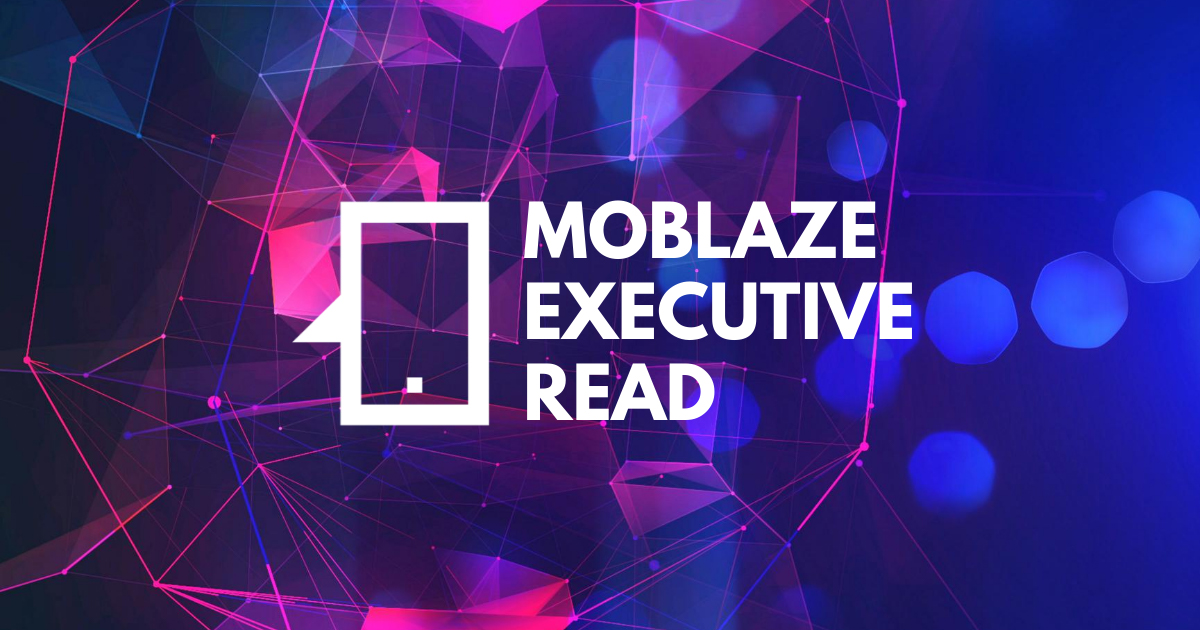UNDERSTANDING TYPES OF DATA
In this executive read, we’ll quickly go through the three types of data – first-party, second-party and third-party – explain what they mean, their source, and the pros & cons of each.
1. WHAT IS FIRST PARTY DATA?
First-party data is any data that is directly collected and owned by you.SOURCES OF FIRST PARTY DATA
- Lead-form registrations
- Web analytics data
- Website registrations
- App downloads
- Purchase data
ADVANTAGES OF FIRST PARTY DATA
|
DISADVANTAGES OF FIRST PARTY DATA
|
2. WHAT IS SECOND PARTY DATA?
Second-party data is first-party data of one company/ brand made available to another. Typically, the companies here would be targeting the same audience however in non-competing categories. For example, an infant milk formula brand may want to widen its reach by leveraging a diaper brand’s first-party data. Another example could be a hotel group sharing data with an airline.
ADVANTAGES OF SECOND PARTY
|
DISADVANTAGES OF SECOND PARTY
|
3. WHAT IS THIRD PARTY DATA?
Third-party data is data collected and used or sold by a data aggregator.
ADVANTAGES OF THIRD-PARTY DATA
|
DISADVANTAGES OF THIRD-PARTY DATA
|


